» Blog » Zoo Mesh: Ensuring Safety and Well-being in Modern Zoos
Zoo Mesh: Ensuring Safety and Well-being in Modern Zoos
March 27, 2024
Zoo Mesh: Keeping Animals and Visitors Safe and Happy
Zoo mesh plays a crucial role in today’s zoos, keeping both animals and visitors safe and well. This article looks into what goes into zoo mesh, including the materials people use, the kinds of homes it makes for animals, and why picking the right mesh for each type of animal matters. By learning about zoo mesh, we see how it helps make a peaceful and learning-filled place for everyone.
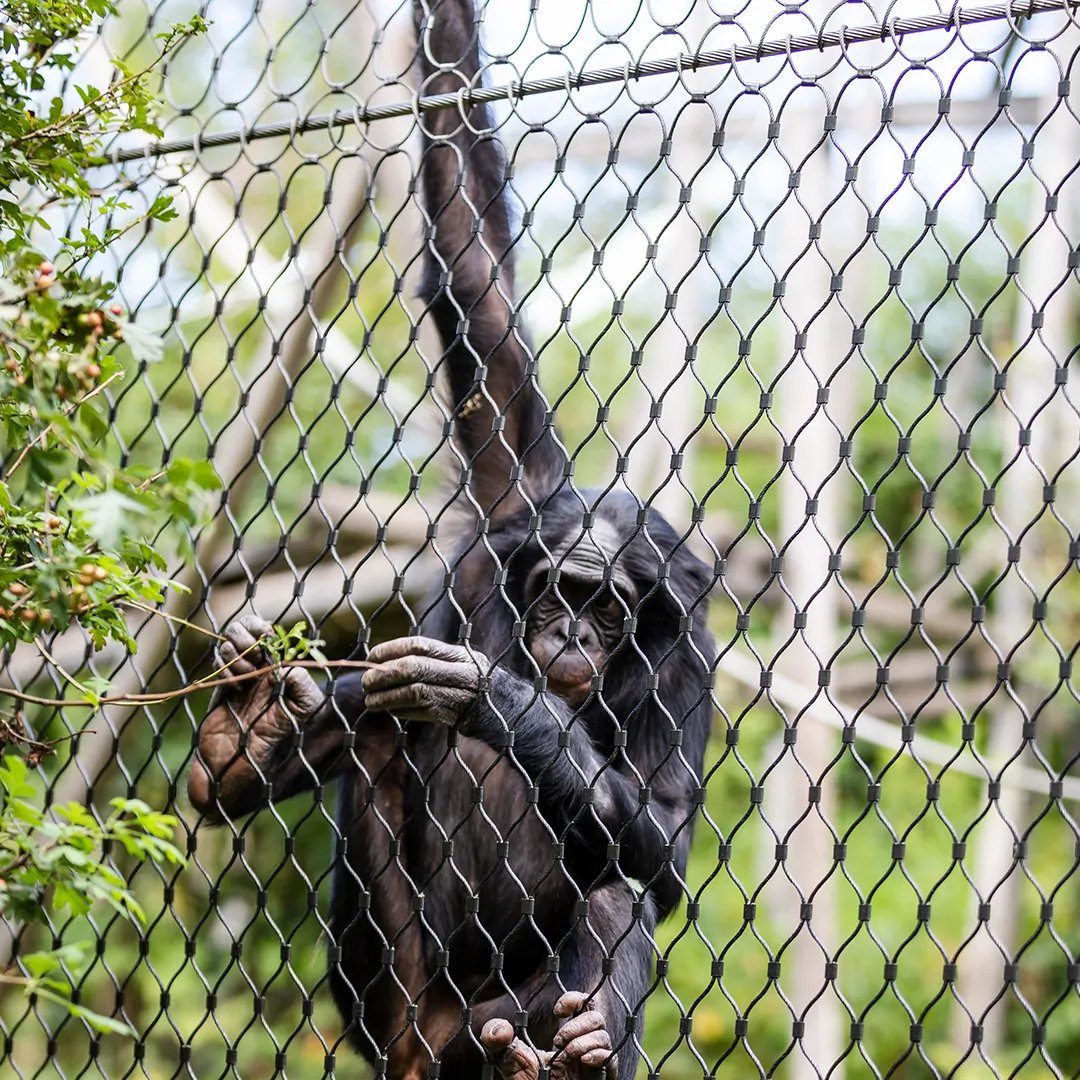
Section 1: The Evolution of Zoo Mesh
1.1 Early Zoos and Animal Enclosures In the early days of zoos, animals were often housed in cramped cages with limited space and poor living conditions. As our understanding of animal welfare has evolved, so too has the design and implementation of zoo enclosures. Modern zoos prioritize providing naturalistic habitats that promote animal welfare and stimulate natural behaviors.
1.2 The Emergence of Zoo Mesh Zoo mesh has become the go-to solution for creating safe, spacious, and visually appealing enclosures. Early zoo mesh materials included chain-link and welded wire mesh, which provided containment but were not aesthetically pleasing or animal-friendly. Advances in technology and material science have led to the development of more sophisticated, durable, and flexible zoo mesh options.
Section 2: Materials Used in Zoo Mesh
2.1 Stainless Steel Zoo Mesh
People often use stainless steel for zoo mesh because it’s strong, lasts a long time, and doesn’t rust easily. You can find it in different types and thicknesses, so you can pick the best one for each animal home.
2.2 Galvanized Steel
Galvanized steel costs less than stainless steel, but it doesn’t fight rust as well and needs more care. People use it for short-term homes or when they need to save money.
2.3 Aluminum Zoo Mesh
Aluminum mesh is light and doesn’t rust, which makes it great for bird homes and small animals. But it’s not as strong as stainless steel, so it might not work for big animals or those that bite hard.
2.4 Synthetic Mesh
Synthetic mesh, made from things like nylon or polyester, is light and bendy. It’s good for bird homes because it’s softer and birds won’t get hurt if they bump into it. But it might not last as long as metal mesh and you might need to replace it more often.
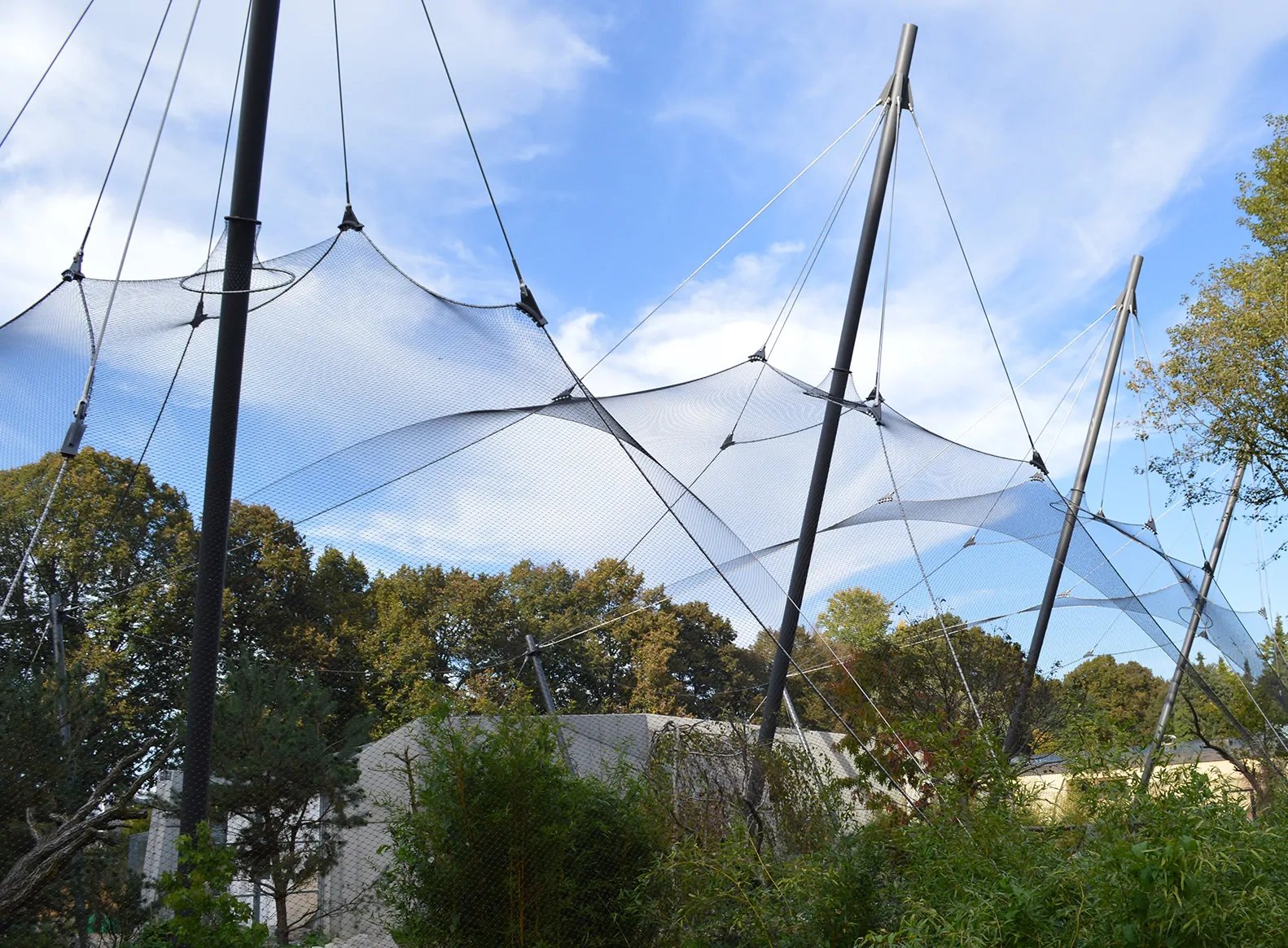
Section 3: types of zoo mesh
3.1 Woven Mesh Woven mesh is made by interlacing individual strands of wire, creating a flexible and durable material. This type of mesh is ideal for enclosures with irregular shapes or when the mesh needs to be curved or bent.
3.2 Welded Mesh Welded mesh consists of individual wires welded together at each intersection, creating a rigid and strong material. It is suitable for enclosures requiring a flat surface, but it is less flexible than woven mesh and may not be suitable for all applications.
3.3 Knotted Mesh Knotted mesh is created by tying individual strands of wire or synthetic material together at each intersection. This type of mesh is flexible and strong, making it a popular choice for aviaries and other enclosures where flexibility is important.
3.4 expanded metal mesh expanded metal mesh is made by cutting and stretching a single sheet of metal, creating a diamond-shaped pattern. This type of mesh is strong and provides excellent visibility but may not be suitable for all animals due to its rigid and potentially sharp edges.
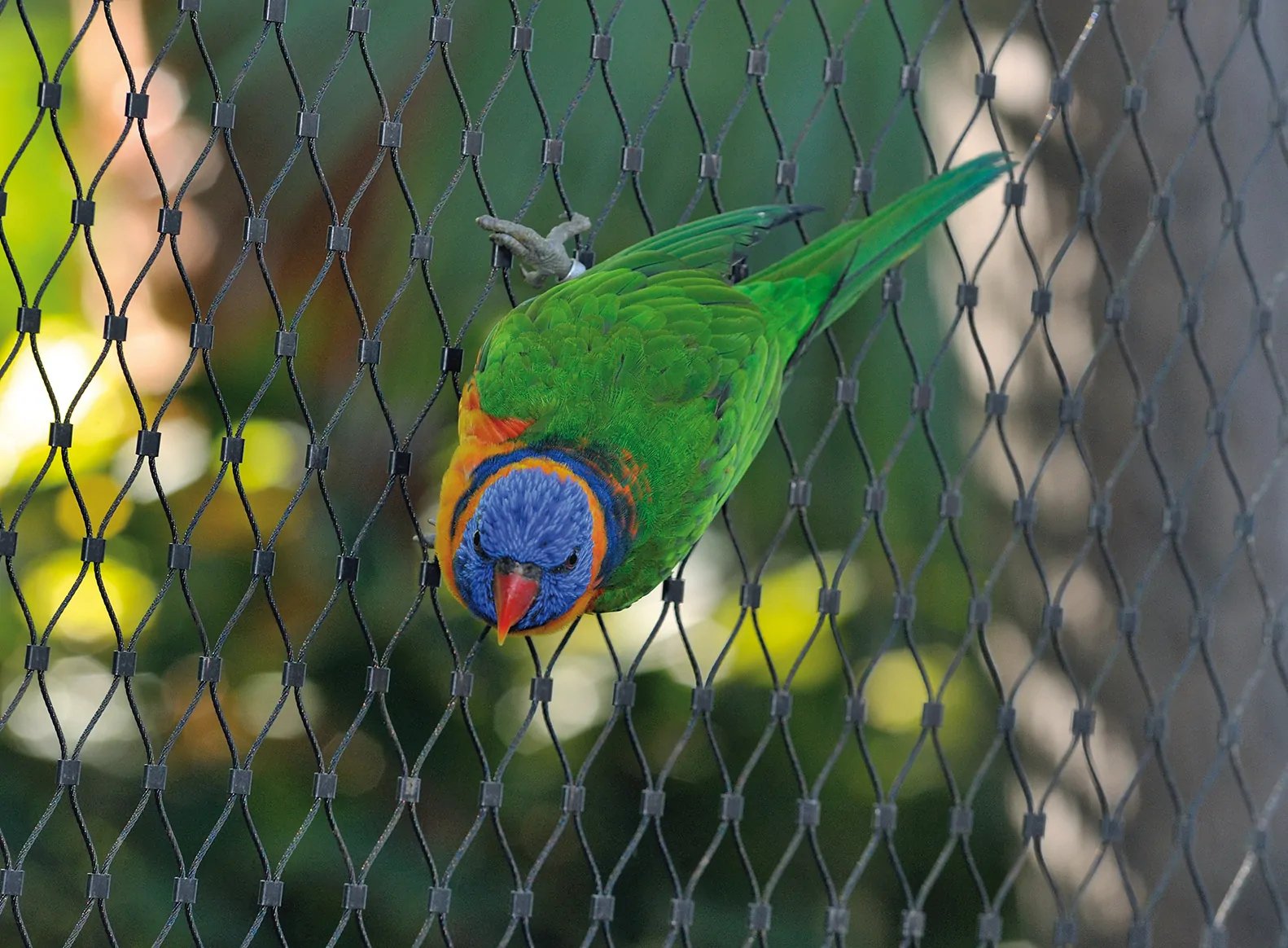
Section 4: Selecting the Right Zoo Mesh for Each Species
4.1 Picking the Right Mesh Size and Strength
When choosing zoo mesh, think about how big and strong the animals are. Bigger animals or those with strong jaws need tough, thick mesh so they can’t get out or hurt themselves. The holes in the mesh should also be small enough so animals can’t stick their heads through or get stuck.
4.2 Mesh for Climbers and Perchers
For animals that like to climb or sit up high, like monkeys and birds, you need to pick a mesh that’s safe for them to grab onto and won’t hurt them. Knots in the mesh or a woven style are usually the best for these animals. They can climb or rest comfortably without getting hurt.
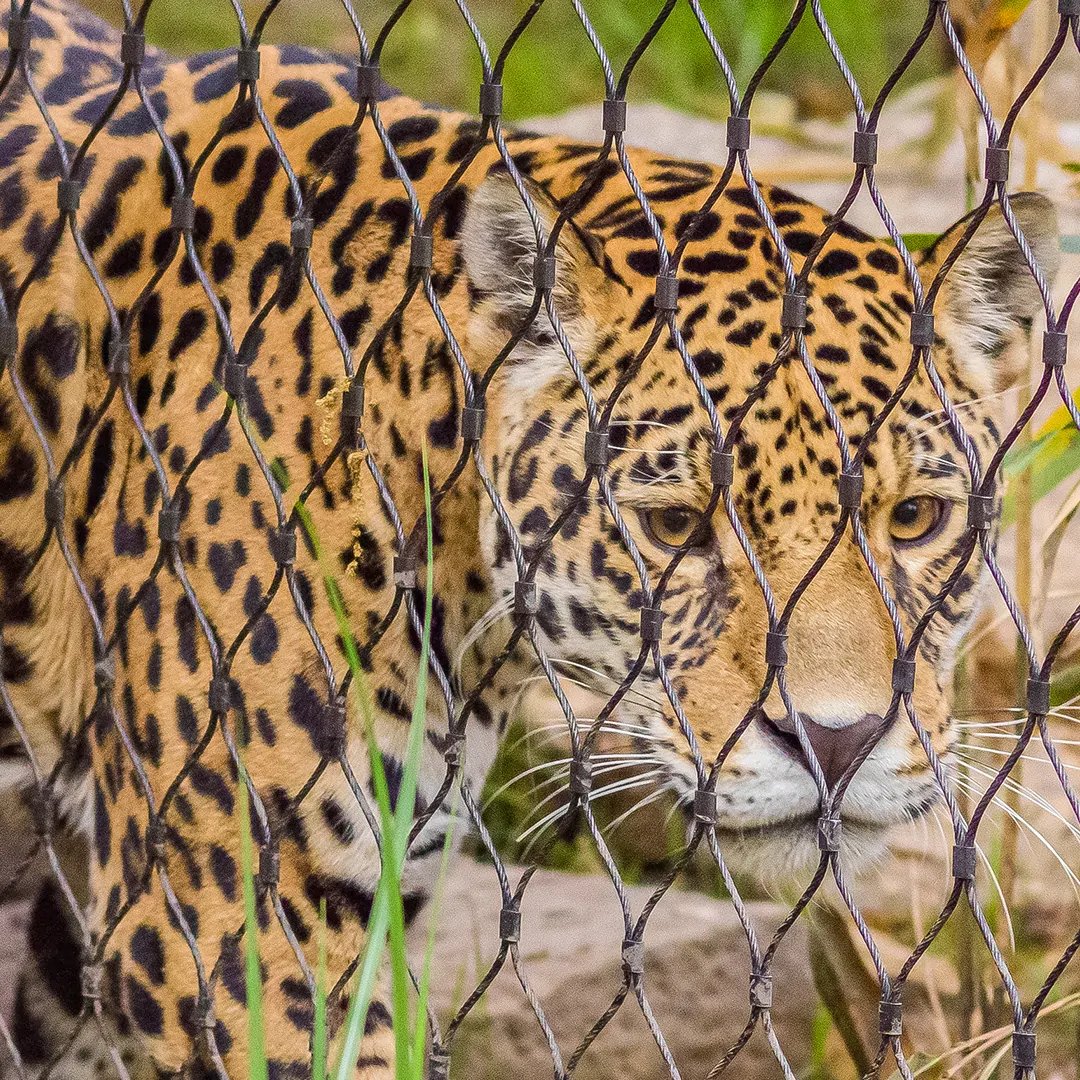
Conclusion Zoo Mesh
Zoo mesh is an integral component of modern zoos, providing safe and visually appealing enclosures for a wide variety of animal species. By understanding the different materials, types of mesh, and factors to consider when selecting the right mesh for each species, we can appreciate the role zoo mesh plays in ensuring the well-being of animals and providing an engaging and educational experience for visitors. As zoos continue to evolve and prioritize animal welfare, advancements in zoo mesh technology will undoubtedly play a critical role in shaping the future of zoo design and management.




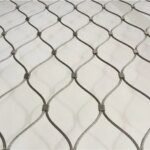 Return Policy
Return Policy Stainless Steel Cable Inter-Woven Mesh is the Perfect Choice
Stainless Steel Cable Inter-Woven Mesh is the Perfect Choice Stainless Steel Cable Opened Ferrule Mesh
Stainless Steel Cable Opened Ferrule Mesh Zoo Mesh: Enhancing Safety and Well-being in Zoological Parks
Zoo Mesh: Enhancing Safety and Well-being in Zoological Parks Zoo Mesh: The Key to Safe and Engaging Animal Enclosures
Zoo Mesh: The Key to Safe and Engaging Animal Enclosures